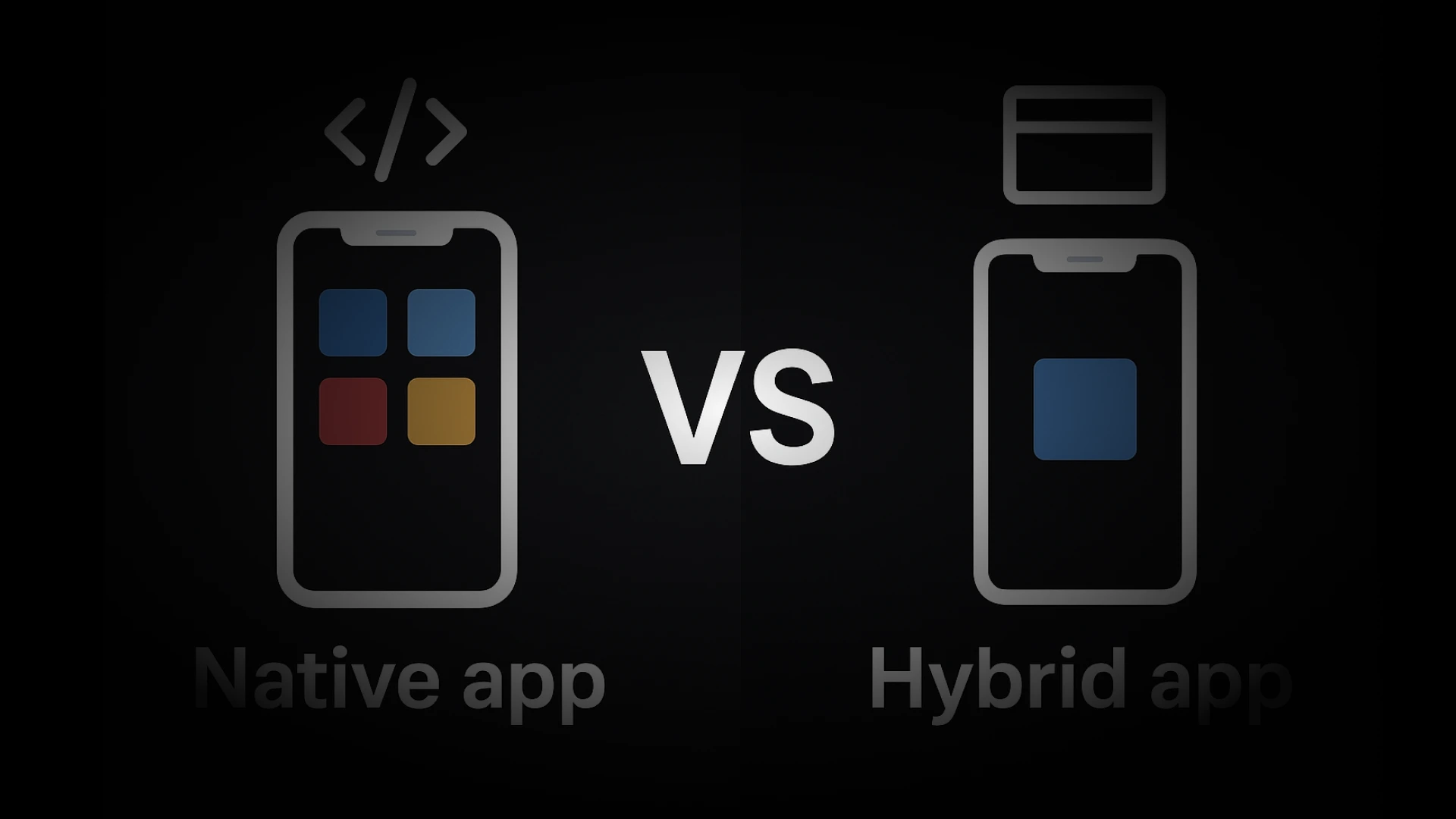In the ever-evolving world of mobile app development, one of the most common questions clients ask is:
“Should we go native or hybrid?”
As someone who has architected both native and hybrid apps for over a decade—from high-traffic enterprise applications to lean MVPs for startups—I can tell you that the right choice isn’t always obvious. But with the right understanding, it becomes clearer.
In this detailed guide, I’ll break down the fundamental differences between native and hybrid apps, their pros and cons, and when to choose one over the other—based on real-world experience, not just theory.
What is a Native App?
Native apps are built specifically for one platform using the platform’s native programming languages and tools:
-
iOS: Swift or Objective-C using Xcode
-
Android: Kotlin or Java using Android Studio
These apps have full access to device capabilities, offer superior performance, and follow platform-specific UI/UX guidelines.
Advantages of Native Apps
Performance:
Runs faster and smoother thanks to direct access to hardware APIs.
Best UI/UX:
Designed using platform-specific components, making the app feel intuitive and responsive.
Robust Functionality:
Easily integrates advanced features like GPS, camera, offline mode, push notifications, etc.
Security:
Greater control over app security protocols, encryption, and secure APIs.
Disadvantages of Native Apps
Higher Development Costs:
You need separate codebases for iOS and Android.
Longer Time to Market:
Building two apps takes more time unless teams work in parallel.
Maintenance Overhead:
Updates, bug fixes, and changes must be made separately.
What is a Hybrid App?
Hybrid apps are essentially web apps wrapped in a native container. They are built using web technologies like:
-
HTML5, CSS, JavaScript
Frameworks such as React Native, Ionic, Flutter, Cordova
They are then compiled into a native app that can be distributed through app stores.
Advantages of Hybrid Apps
Cross-Platform:
One codebase works on both iOS and Android.
Faster Development:
Ideal for MVPs or apps with limited native functionality.
Cost-Efficient:
Less time and fewer resources needed.
Easy Updates:
One update applies to all platforms.
Performance Lag:
Can’t match the speed of native apps for high-performance tasks like gaming or video processing.
UI/UX Limitations:
Generic UI may not feel as polished or native to users.
Limited Native Access:
Not all device APIs are accessible or stable.
Debugging Complexity:
Finding issues that arise due to native wrapper layers can be a pain.
Disadvantages of Hybrid Apps
Real-World Use Cases: Native vs Hybrid
When to Choose Native:
-
You’re building a high-performance app (e.g., real-time gaming, AR/VR).
-
You need deep integration with hardware features (e.g., camera, sensors).
UX is your top priority (e.g., banking apps, premium consumer apps).
Long-term scalability and security are critical.
When to Choose Hybrid:
You’re developing an MVP or prototype quickly.
You have a limited budget and tight deadlines.
Your app is content-based or relies heavily on web views.
You're targeting internal business tools or niche audiences.
What About Flutter and React Native?
Here’s where it gets nuanced.
React Native and Flutter are modern hybrid frameworks, but they behave closer to native performance levels.
-
React Native: Backed by Meta (Facebook), uses JavaScript.
-
Flutter: Backed by Google, uses Dart and renders UI directly via Skia graphics engine.
Both offer excellent cross-platform performance and a near-native experience. However, they still involve trade-offs in plugin compatibility and native customization.
Performance Benchmarks (Quick Glance)
| Feature | Native | Hybrid ( React Native / Flutter ) |
|---|---|---|
| Speed | High | Medium |
| Development Cost | More | Less |
| Code Reusability | No | Yes |
| Platform UX | Yes | Partial |
| API Access | Yes | Depends on Plugin Support |
| Best For | Complex, scalable apps | MVPs, internal tools |
Key Takeaways
-
Native apps = performance, quality, and scalability
-
Hybrid apps = speed, cost-efficiency, and reach
-
If you're developing a product that requires optimal performance and UX, go native.
-
If you're launching an MVP, hybrid gives you speed-to-market without breaking the bank.
Final Verdict: Which is Best?
There’s no one-size-fits-all answer. The best choice depends on your business goals, budget, timelines, and long-term vision.
-
Want to test your idea quickly?
👉 Go hybrid.
-
Building the next-gen mobile banking app?
👉 Go native.
From my experience, 80% of startups start hybrid, and shift to native once they hit product-market fit. It’s a practical path that balances speed with long-term viability.
Ready to Build Your App?
Whether you choose native or hybrid, your app’s success depends on the right strategy and App development partner. At Cypherox Technology, we specialize in both native and cross-platform mobile solutions.
Let’s Build the Right App for You
Still unsure which approach is best for your business?
Contact us for an app assessment. We’ll review your goals and provide a tailored recommendation—no obligation.

